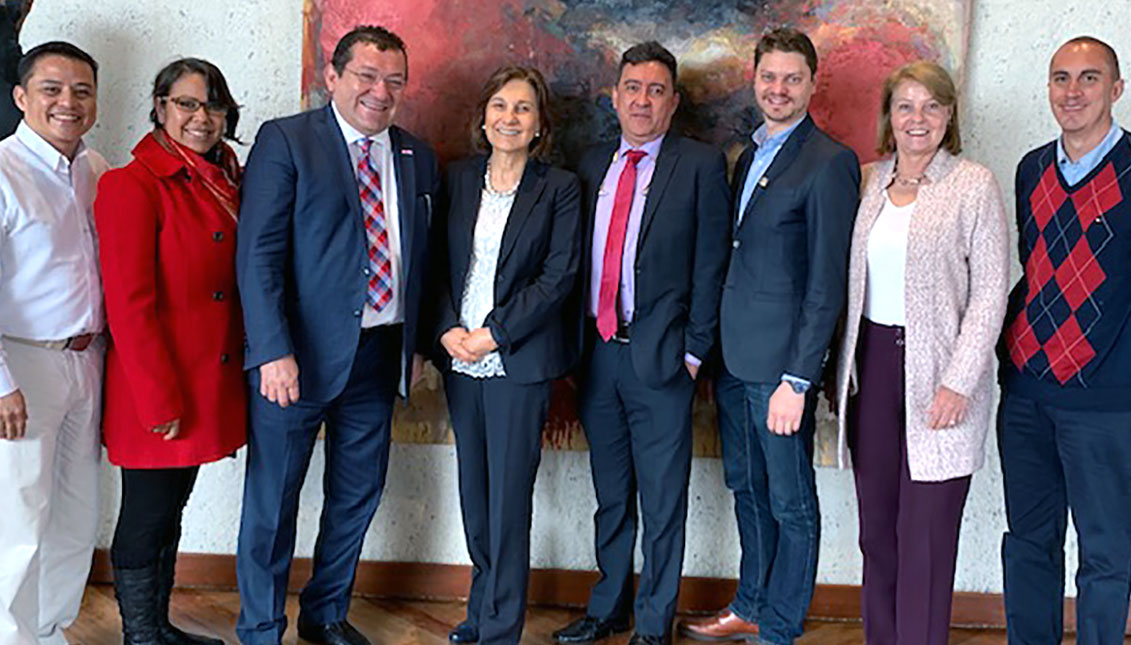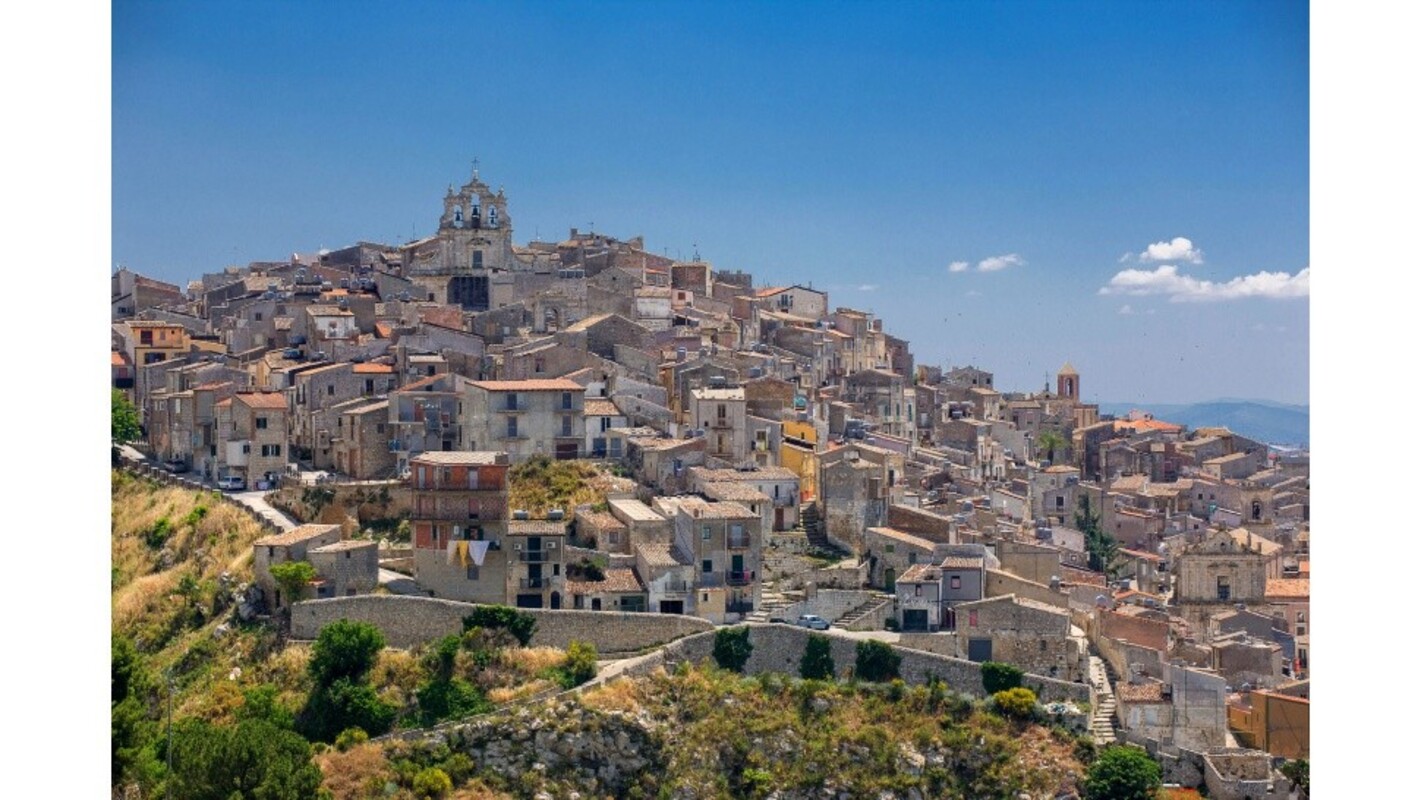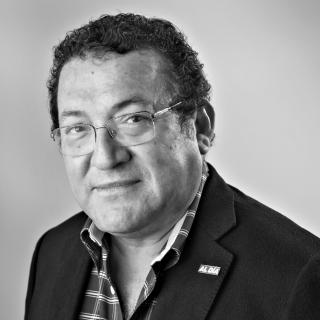
Looking towards South America
Like 2 American institutions —the Children’s Hospital of Philadelphia (CHOP) and the Philadelphia International Medicine (PMI)— have discovered, it is actually…
The Americans labeled it “the backyard” of the United States.
Fractured and dislocated by history, South America still remains largely separated from the Northern part of the hemisphere, unable to bridge and resolve the language barrier, the differences over culture, or exaggerated concerns about insecurity and political instability.
Above all, this separation is a direct result of a total lack of information on what the situation in the Southern part of the hemisphere actually is.
I was in Bogotá this past week, invited by the University I graduated from over three decades ago with my first degree in Journalism.
During my visit, I had the privilege of sitting down with Dr. Cecilia Maria Velez White, former Minister of Education in Colombia, and current President of my Alma Mater, the University of Bogotá “Jorge Tadeo Lozano.”
At present, close to 10,000 students attend my former school, coursing studies in ten different graduate and undergraduate programs, spread out over four different campuses— the main in Bogotá’s old city, in Chía, near the Colombian capital, and two more in the historic cities of Cartagena and Santa Marta, looking north over to the “Mediterranean of the Americas,” the great Caribbean sea.
During our conversation in her Bogotá's office, I said to Dr. Velez White that I imagined a “bridge”, literally, to bring the the two halves of the continent closer together.
RELATED CONTENT
Strong foundations have been laid on both sides of that sea that both unite us and divide us, and yet where all civilizations of the world have gathered, creating the most diverse garden of nations where the languages of the former European colonies are spoken every day: from the Jamaican English to the Puerto Rican Spanish, to the Haitian French or the local Arubian Papiamento - which mixes all of them.
Capitalizing on the solid foundation built by the 60 million Latinos living in the United States today, institutions from the North, starting with the universities, could benefit greatly from exploring the bountiful south and its enormous possibilities, as Villanova University did it last year, and Cabrini University is considering.
After all, the European East and the Asian West have been already been sufficiently explored with academic programs and exchanges of students and professors of all kinds.
South America, on the contrary, with its young and thriving population — double that of the US — plus solid educational institutions such as the Tadeo Lozano in Bogotá, is the next frontier for the institutions of higher education in the United States.
Like two American institutions from our region, the Children’s Hospital of Philadelphia (CHOP) and the Philadelphia International Medicine (PMI), led by Jefferson and Temple Hospitals and other Health institutions from our region, have already discovered:
South America is a new business opportunity that is impossible to ignore any longer.











LEAVE A COMMENT:
Join the discussion! Leave a comment.